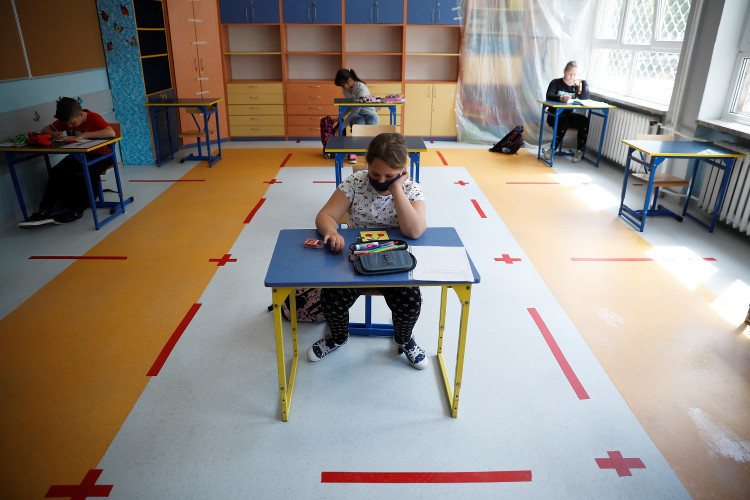A new paper describes how children who have experienced violence or abuse in early life exhibit signs of aging faster than children who have never experienced adversity.
The study, published by the American Psychological Association, examined three different signs of biological aging -- changes in brain structure, cellular aging, and early puberty -- and discovered that exposure to trauma was associated with all three.
"Exposure to adversity in childhood is a powerful predictor of health outcomes later in life - not only mental health outcomes like depression and anxiety, but also physical health outcomes like cardiovascular disease, diabetes, and cancer," said Katie McLaughlin, PhD., an associate professor of psychology at Harvard University and senior author of the study published in the journal Psychological Bulletin. "Our study suggests that experiencing violence can make the body age more quickly at a biological level, which may help to explain that connection."
Previous studies found mixed evidence on whether violence and trauma in childhood are always correlated with aging. However, those studies considered many different types of adversity, including poverty, neglect, abuse, and more, as well as multiple measures of biological aging.
To produce clearer results, McLaughlin and a team fo researchers decided to separately look at two types of adversity: deprivation related, such as poverty or emotional/physical neglect, and threat-related, such as violence and abuse.
A meta-analysis of over 70 studies was conducted with a total of more than 110,000 participants. Researchers found that children who have experienced threat-related trauma showed signs of accelerated aging on a cellular level and that they were more likely to reach puberty early. However, in children whose experiences included neglect or poverty, those signs of aging did not show.
McLaughlin and her team conducted a second analysis, involving more than 3,200 subjects in 25 studies that assessed how adversity in early life affects how the brain develops. The researchers found that there was a link between adversity and reduced cortical thickness, which is a sign of aging.
But it should be considered as well that cortical thinning can be a result of different types of adversity. Violence and trauma have been linked with ventromedial prefrontal cortex thinning, which is involved in emotional and social processing. Deprivation, meanwhile, has been linked with thinning in the visual networks and frontoparietal, which are responsible for cognitive and sensory processing.
McLaughlin emphasized that treatments in children can still improve their mental health, especially those who have experiences with trauma. The next step should be intervention and find out which treatments work best in slowing down accelerated aging.





